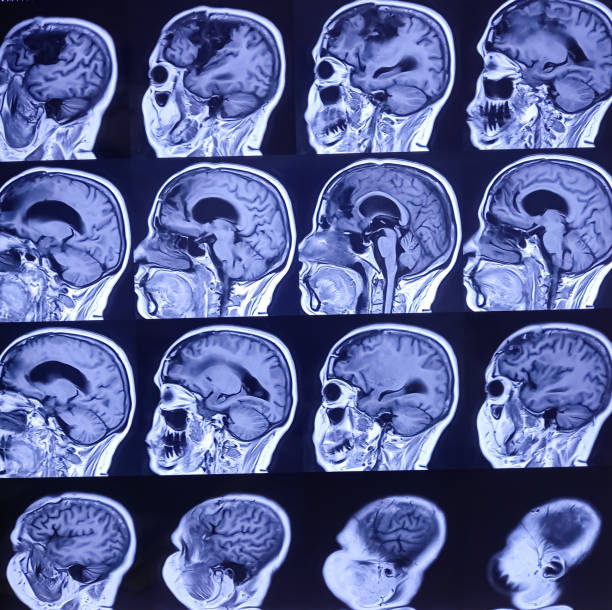Introduction
Turbinate hypertrophy is a medical condition characterized by the enlargement of the nasal turbinates, structures inside the nose that help regulate airflow and humidify the air we breathe. When these turbinates become excessively swollen, it can lead to various nasal issues. In this article, we’ll explore the causes, symptoms, and available treatment options for turbinate hypertrophy.
What Are Nasal Turbinates?
Nasal turbinates are structures made of bone and soft tissue inside the nasal passages. They help filter, humidify, and warm the air we breathe. Turbinates are crucial for maintaining optimal nasal function and overall respiratory health.
Allergies:
Seasonal or Perennial: Allergic reactions to pollen, dust mites, or pet dander can cause chronic nasal inflammation and turbinate enlargement.
Chronic Sinusitis:
Persistent Inflammation: Recurrent or chronic sinus infections can lead to long-term nasal congestion and turbinate hypertrophy.
Environmental Irritants:
Air Pollution: Exposure to pollutants and irritants in the air can contribute to nasal inflammation and hypertrophy.
Deviated Septum:
Structural Abnormalities: A deviated septum, where the wall between the nostrils is off-center, can disrupt airflow and contribute to turbinate enlargement.
Rhinitis Medicamentosa:
Overuse of Nasal Decongestants: Prolonged use of nasal decongestant sprays can lead to rebound nasal congestion and turbinate hypertrophy.
Nasal Congestion:
Persistent Blockage: Difficulty breathing through the nose due to congestion.
Nasal Discharge:
Runny Nose: Excessive mucus production as a result of inflammation.
Facial Pressure:
Feeling of Fullness: Discomfort or pressure in the face, particularly around the nasal area.
Impaired Sense of Smell:
Reduced Olfactory Function: Turbinate hypertrophy can affect the sense of smell.
Snoring and Sleep Disturbances:
Airflow Obstruction: Enlarged turbinates may contribute to snoring and difficulty breathing during sleep.
Diagnosis and Evaluation
Physical Examination:
Nasal Endoscopy: A thin, flexible tube with a light and camera may be used to visualize the nasal passages.
Imaging Studies:
CT Scan or MRI: These imaging techniques can provide detailed images of the nasal structures and help identify the extent of turbinate hypertrophy.
Allergy Testing:
Identifying Triggers: Allergy tests may be conducted to determine specific allergens contributing to nasal inflammation.
Medical Management:
Nasal Steroid Sprays: These can help reduce inflammation and alleviate symptoms.
Antihistamines: Useful for managing symptoms related to allergies.
Decongestants: Short-term use may be recommended to relieve congestion, but long-term use should be avoided.
Allergen Avoidance:
Environmental Control: Identifying and minimizing exposure to allergens can help manage symptoms.
Nasal Irrigation:
Saline Solutions: Rinsing the nasal passages with saline can help reduce congestion and improve nasal hygiene.
Surgical Interventions:
Turbinoplasty: Surgical reduction of the turbinates to improve airflow.
Septoplasty: Correction of a deviated septum, often performed alongside turbinate surgery.
Laser Turbinate Reduction:
Minimally Invasive: Laser procedures can be used to shrink enlarged turbinates.
Radiofrequency Turbinate Reduction:
Tissue Volume Reduction: Radiofrequency energy is applied to the turbinates to reduce their size.
Recovery and Follow-Up
Postoperative Care:
Pain Management: Pain and discomfort after surgery are usually managed with medications.
Nasal Care: Keeping the nasal passages moist with saline sprays.
Follow-Up Appointments:
Monitoring Recovery: Regular check-ups with the healthcare provider to assess the success of treatment.
Lifestyle Modifications:
Humidification: Using a humidifier to maintain optimal humidity levels.
Avoiding Irritants: Minimizing exposure to smoke and environmental pollutants.
Conclusion
Turbinate hypertrophy can significantly impact an individual’s quality of life, causing nasal congestion, discomfort, and other symptoms. Identifying the underlying causes and choosing an appropriate treatment plan, whether medical or surgical, can help manage and alleviate these symptoms effectively. Consulting with a healthcare professional for a comprehensive evaluation is crucial for determining the most suitable approach for each individual’s case.
Is turbinate hypertrophy a common condition?
Turbinate hypertrophy is a common condition, often associated with chronic nasal issues such as allergies or sinusitis.
Can turbinate hypertrophy be managed without surgery?
Yes, many cases of turbinate hypertrophy can be effectively managed with medical treatments, lifestyle modifications, and, in some cases, minimally invasive procedures.
Are there long-term complications associated with turbinate hypertrophy?
If left untreated, turbinate hypertrophy can lead to chronic nasal congestion, sleep disturbances, and a reduced quality of life. Timely management can help prevent long-term complications.
Is turbinate surgery a permanent solution?
Turbinate surgery can provide long-lasting relief for many individuals, but the effectiveness of the procedure may vary. It’s essential to follow postoperative care recommendations for optimal outcomes.
Can turbinate hypertrophy recur after treatment?
In some cases, turbinate hypertrophy may recur, especially if the underlying causes, such as allergies or chronic sinusitis, are not effectively managed. Regular follow-ups with a healthcare provider are essential for monitoring and addressing any recurrence.

